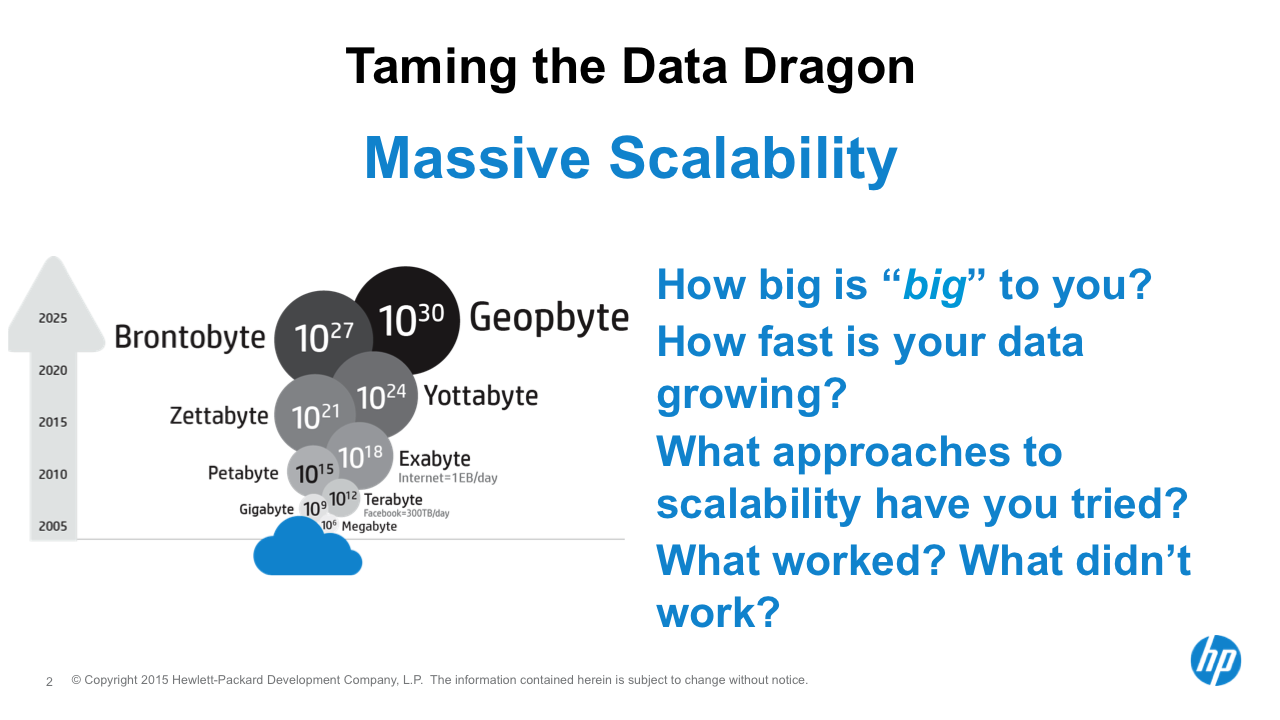
Leo Leung41
















http://www.via-cc.at... - Next topic - Availability

HPE Cloud
It would seem that data storage with no regular access needed would have a different model than needing instant access

Joseph B George (JBG)
I think the expectation is "all the time" - one of the expected values of cloud

Leo Leung
@hphelioncloud - that's the thing - people will access at any time - and they have no tolerance

Joseph B George (JBG)
in fact, we expect the cloud SLA to remain constant no matter what the network traffic

Pete Brey
That goes back to the earlier conversation - you can abstract away the maintenance in the cloud and make it appear available. So even though a hard drive might fail, it won't impact the end user.

Leo Leung
@cloudstorageguy - exactly - that is the actual infrastructure doing the work

Leo Leung
@hphelioncloud - that's part of it - another is "routing" to the data

Nicolas Trangez
In the long run I believe we'll require a notion of 'manageable inconsistencies' (relaxed consistency) for file-like storage similar to how it's already handled for database-style storage (eventual consistency and such)

Leo Leung
@hphelioncloud - SSD's can help with latency, but again you're looking at tradeoffs

Pete Brey
At the end of the day, does it really just boil down to a tradeoff between cost and availability?

Joseph B George (JBG)
that's why your infrastructure should be able to support various HDD formats - SAS, SATA, SSD

Nicolas Trangez
Indeed, it's all about reducing the number of seeks and optimize read-ahead/caching.

Joseph B George (JBG)
its not just a cost or preference decision - different drive types facilitate different uses within object storage design

Joseph B George (JBG)
in most traditional cases, it is a cost vs availability discussion - HOWEVER, if your architecture is more purpose built for cloud storage / object storage, costs can be more effective

Pete Brey
What's even more interesting is building a tiered system: SSD for really fast access to hot data, SAS drives for middle-of-the-road access, SATA for less expensive storage, and even disk-to-disk and tape for cost optimized longer-term retention!

Joseph B George (JBG)
totally agree - let's get on it

Leo Leung
We have customers that have run five generations of HP hardware at the same time in the same system, with no down time.






